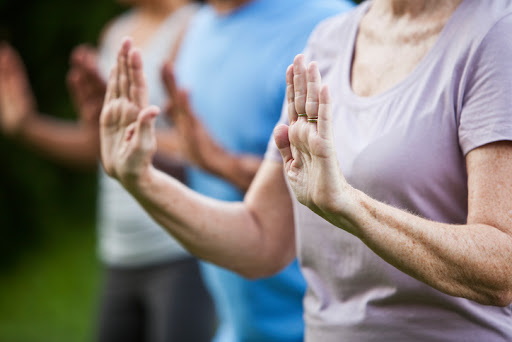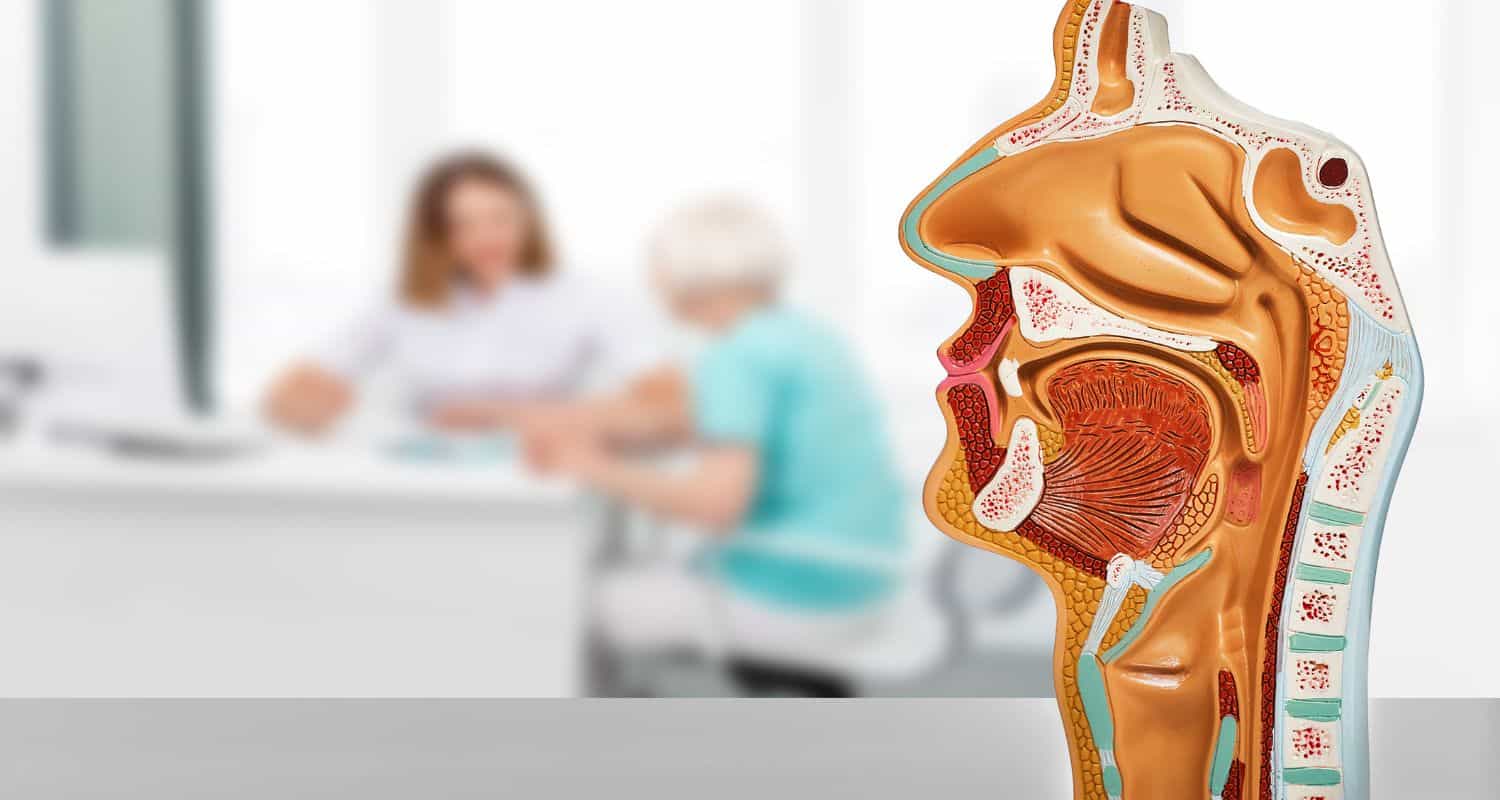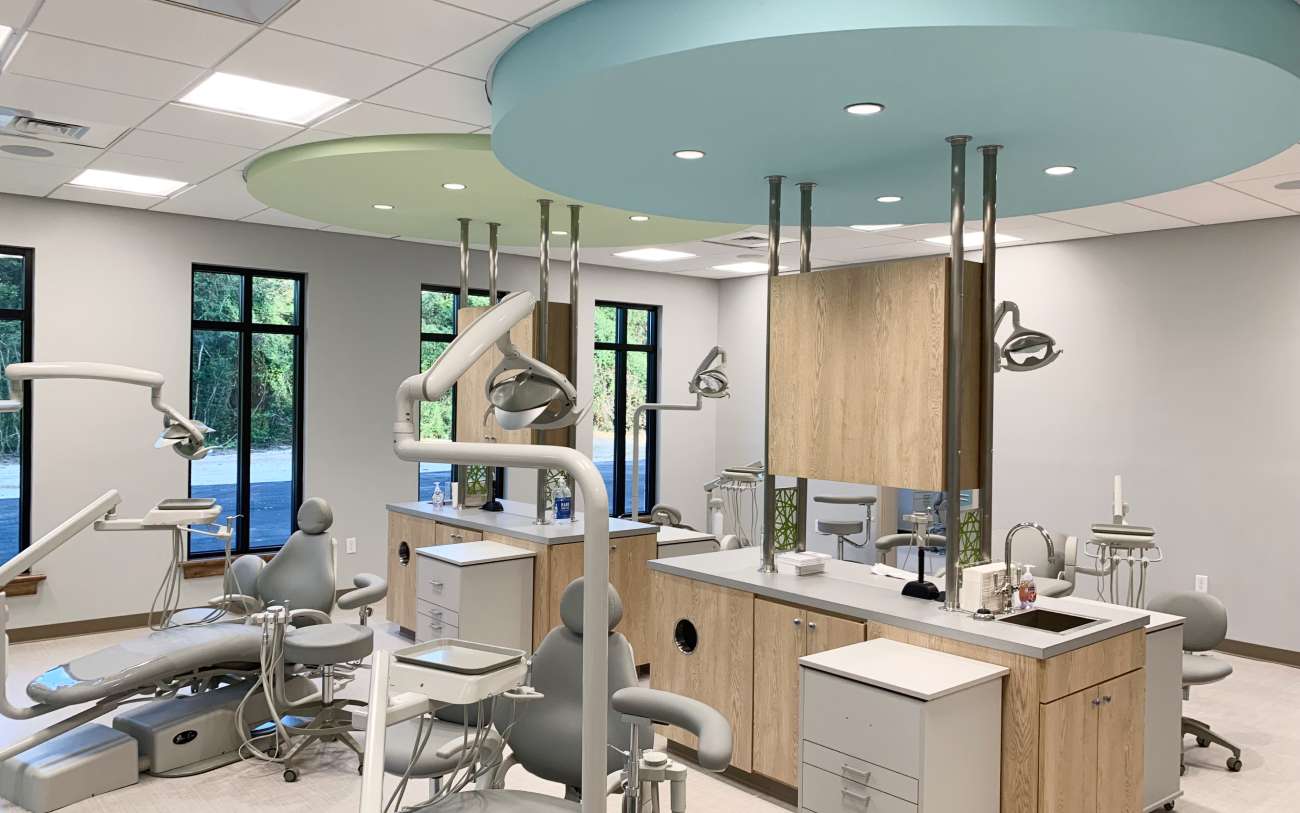Overcoming Stroke: Singapore Rehab Solutions
 Cropped view of multi-ethnic group of adults practicing tai chi in park. Focus on hand in foreground.
Cropped view of multi-ethnic group of adults practicing tai chi in park. Focus on hand in foreground.
Introduction: Life After a Stroke – The Road to Recovery
A stroke can drastically impact a person’s ability to move, speak, and live independently. It often causes weakness on one side of the body, speech difficulties, memory loss, and emotional changes. But the journey doesn’t end there. With the right support system, significant recovery is possible—especially when guided by a structured program for stroke rehabilitation in Singapore.
Rehabilitation is crucial for regaining independence, improving quality of life, and reducing the risk of future strokes. In Singapore, patients have access to modern, evidence-based therapies tailored to different stages of recovery.
What Is Stroke Rehabilitation?
Stroke rehabilitation is a comprehensive program designed to help stroke survivors recover lost skills and adapt to new challenges. The goal is not just physical recovery, but also cognitive, emotional, and social reintegration.
In Singapore, stroke rehabilitation programs typically involve a team of specialists, including:
- Physiotherapists
- Occupational therapists
- Speech and language therapists
- Neurologists
- Clinical psychologists
Each specialist focuses on specific functions to ensure that all aspects of recovery are addressed in a holistic manner.
Phases of Stroke Rehabilitation in Singapore
Rehabilitation often begins within 24 to 48 hours after a stroke, depending on the patient’s condition. The process can be broken down into phases:
1. Acute Rehabilitation Phase
This begins in the hospital. The goal is to prevent complications like blood clots, infections, or muscle stiffness. Therapists begin light exercises to restore movement and function.
2. Subacute Phase
Once medically stable, patients are transferred to a rehabilitation center or outpatient facility for more intensive therapy. The focus shifts to improving motor control, walking ability, and communication.
3. Long-Term Rehabilitation Phase
This phase continues after discharge. Patients often undergo home-based therapy or outpatient sessions. Progress may be slower, but improvements continue with consistent effort and the right guidance.
Common Therapies Used in Stroke Recovery
When seeking stroke rehabilitation in Singapore, patients can expect a combination of the following approaches based on individual needs:
Physiotherapy
Targets strength, balance, and mobility. Exercises include walking training, limb coordination drills, and gait re-education.
Occupational Therapy
Focuses on regaining the ability to perform daily activities such as dressing, cooking, or writing. Tools like adaptive equipment and cognitive training are often used.
Speech and Language Therapy
Helps those who experience aphasia (language impairment) or dysphagia (swallowing difficulty). Includes speech articulation, word recall, and voice therapy.
Neuropsychological Support
Addresses emotional and cognitive challenges. Therapy may include memory exercises, stress management, and support groups.
Robotic and Virtual Reality Therapy
Many modern clinics in Singapore now use advanced technologies like robotic-assisted walking and VR-based exercises to enhance motivation and recovery speed.
Long-Tail Keywords Naturally Included
This article uses several long-tail keywords to boost search visibility and reflect specific user intent:
- “intensive physiotherapy for stroke patients in Singapore”
- “speech recovery programs for post-stroke survivors”
- “occupational therapy for stroke rehabilitation”
- “home-based stroke recovery therapy in Singapore”
- “long-term care options for stroke patients”
These terms not only match real search queries but also support content relevance based on Google’s Helpful Content Guidelines.
Importance of Early and Consistent Rehabilitation
The brain has a remarkable ability to adapt and rewire after a stroke—a concept called neuroplasticity. However, this is most effective when therapy starts early and is delivered consistently.
Patients who begin rehabilitation quickly are more likely to:
- Recover movement and independence faster
- Avoid secondary complications like contractures or muscle atrophy
- Experience better long-term quality of life
- Maintain motivation and mental well-being
It’s also essential that caregivers and family members are involved in the process. Their support significantly improves patient morale and rehabilitation outcomes.
Accessing Stroke Rehabilitation in Singapore
Singapore offers a wide range of rehabilitation settings:
- Public and private hospitals with dedicated stroke recovery units
- Outpatient rehabilitation centers for moderate cases
- Home-based physiotherapy services for patients with mobility limitations
- Specialist stroke rehabilitation programs for elderly patients or those with complex neurological conditions
Financial support is also available through healthcare schemes and government subsidies, making quality rehabilitation more accessible to all residents.
FAQs About Stroke Rehabilitation in Singapore
How soon should stroke rehabilitation begin?
Rehabilitation should start as soon as the patient is medically stable—typically within the first 24–48 hours after a stroke.
How long does stroke rehabilitation take?
Rehabilitation duration varies by individual. Some patients may see progress in a few weeks, while others may require months or years of therapy, especially in severe cases.
Can stroke patients fully recover?
Many stroke survivors regain significant function. While full recovery isn’t guaranteed for all, early and consistent rehabilitation dramatically increases the chances of returning to independent living.
Is home therapy effective for stroke recovery?
Yes. Many clinics in Singapore offer personalized home-based therapy, which is especially beneficial for elderly or immobile patients. Regular monitoring ensures effectiveness.
What are some signs that stroke rehab is working?
Signs include improved coordination, regained speech abilities, increased independence in daily activities, and better mood or cognitive clarity.
Conclusion: A Brighter Future Through Rehabilitation
A stroke is life-changing, but with the right support, it doesn’t have to be life-limiting. Access to expert stroke rehabilitation in Singapore provides a real opportunity for recovery, independence, and renewed hope.
Whether you’re just starting the recovery journey or continuing long-term care, a structured and compassionate rehabilitation program is key. With modern facilities, experienced therapists, and advanced treatment options available in Singapore, patients and families can look forward to meaningful recovery and a better quality of life.







